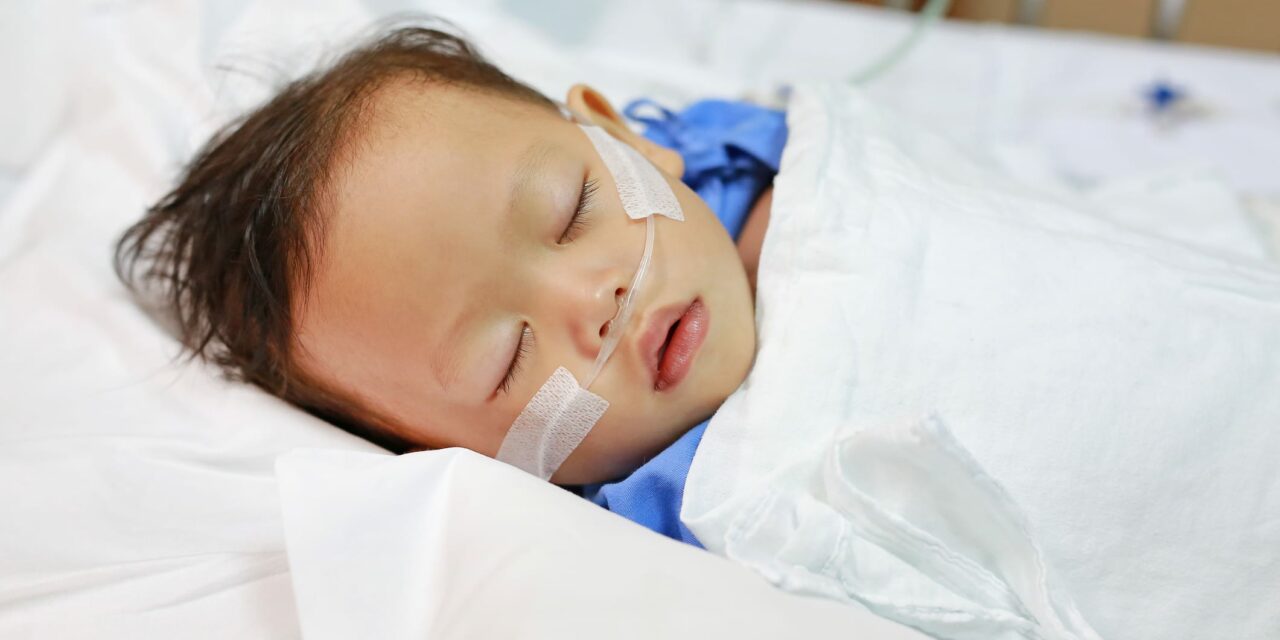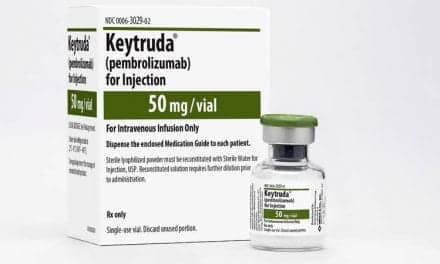Pediatric hospitalizations for RSV in 2021-2022 equaled nearly half of all such hospitalizations in the past five years.
As a result of the COVID-19 pandemic, respiratory syncytial virus (RSV) surges in young children occurred outside the usual November to March season, when immune-based prophylactic is available to protect children at high risk for severe illness. In 2021, RSV season began in May, leaving these kids without a prophylactic until September, due to lack of drug availability and challenges with insurance authorization for off-season administration.
During this time, pediatric hospitalizations for RSV in 2021-2022 spiked and remained higher than normal throughout 2022, making up 45% of all pediatric RSV hospitalizations in the past five years, according to a report from Ann & Robert H. Lurie Children’s Hospital of Chicago published in JAMA Health Forum.
Congenital heart disease, prematurity, and chronic lung disease of prematurity place children at high risk for RSV severity and at risk for hospitalization. Typically, these children are given an RSV prophylactic once a month from November to March—the usual RSV season.
“Our findings underscore the need for a more fluid policy on RSV prophylactic availability so that we can start protecting children at high risk as soon as we see cases rising in the community,” says Jennifer Kusma, MD, MS, a pediatrician at Lurie Children’s and instructor of pediatrics at Northwestern University Feinberg School of Medicine, in a release. “Given the recent RSV peaks at unusual times of the year, these kids need access to the prophylactic when the virus actually hits, as opposed to only in November through March.”
Kusma and colleagues analyzed data on RSV hospitalizations in children younger than 2 years at 40 children’s hospitals between July 2017 and November 2022. They noted shifts in the RSV seasonality pattern during the pandemic. High-risk children represented a larger proportion of hospitalizations during the time between seasons. Children with public insurance constituted the largest proportion of hospitalizations, and even larger during off-season periods.
“Although the American Academy of Pediatrics guidelines encouraged off-season RSV immunoprophylaxis authorization, in 2021 the RSV surge was missed by the time RSV immunoprophylaxis was covered and available,” says Kusma in the release. “Going forward, we need to do much better in order to protect high-risk children from RSV hospitalizations.”










